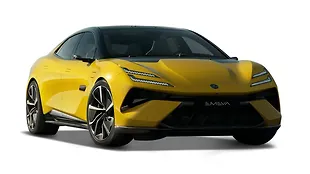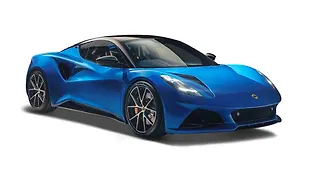Content
Motorsports has always been the breeding ground for production automotive technology and Formula One has been considered to be the pinnacle of motorsports for years now. With the turbo being introduced in the F1 arena, everybody expected some ground breaking innovations. The cars are going faster, the battles are being fought closer, you blink and you have missed the pit stop, but, for a normal television viewer, nothing much has changed – except that for the first time in Formula One history, you can actually hear the crowd noise at the circuit!
Formula One purists have been crying foul over the missing exhaust notes, the howling and screaming F1 cars that could wake an entire town with just one blip – all thanks to the turbocharged 1.6L V6 power units as against the previous 2.4L naturally aspirated V8 engines. It is the turbocharger that boosts the puny 1600cc engine to deliver an output to match the 2400cc V8s and while doing this, the turbo usurps all of the energy the exhaust can possibly carry and then there is no energy left for the much loved exhaust note.
Formula One engineers have found a unique way to use the engine, the turbocharger and the hybrid electric motor to get the maximum performance out of the combination, so much so, that the F1 bosses had to limit the electric boost to 160hp! (while our hot hatches are just about to touch 100hp!!!)
As the engine revs up, the exhaust gas velocity increases and the turbo starts spooling up to its peak pressure at about one lakh rpm. As the engine revs up further, the pressure in the turbo unit also increases. But since the metal engine and other running parts can only sustain a certain amount of pressure and heat simultaneously to be reliable, the excess pressure was allowed to blow off though a valve called the ‘waste gate’ or the ‘blow-off valve’ thus creating the famous turbo-whistle.
The F1 engineers have devised a system to tap even this energy that had to be blown off. The turbo shaft is coupled up with the armature of an electric motor. As the turbo pressure begins to exceed the engine requirement, the motor coils are given a charge so as to resist the armature motion. This results in the motor acting as a generator that charges the batteries while regulating the turbo pressure within the working limits. Also, at low rpms, when the exhaust gas velocity is not enough to spool up the turbo, the motor spools it up like a supercharger to provide instantaneous boost, thus, almost eliminating the turbo-lag.
All this is achieved by using a maze of speed sensors, pressure sensors and temperature sensors which provide the data to be processed by a host of microprocessors to actuate the required solenoids to achieve the desired results. The energy recovered from the exhaust heat coupled with the energy recovered from braking is used to provide immediate power boost to the driver or stored in the batteries for later usage. All this electro-mechanical wizardry has helped the engineers extract output from the V6s similar to the yesteryear’s V8s.
Though it may take quite some time for this technology to trickle down to everyday production cars, Audi has taken the first step towards it. The electrically driven turbocharged engine has been caught testing on the 2015 Q7 after Audi’s success with the combination in the R18 Le Mans winning car. BMW is not too far behind after having patented the electrically driven turbocharger technology back in 2011, but, the production versions are yet to be heard off. This technology will surely be applied to other motorsports and probably in hyper-cars like the Veyron, the Agera, the MP4-12C or the Huayra as the quest for being the fastest never ends!
























